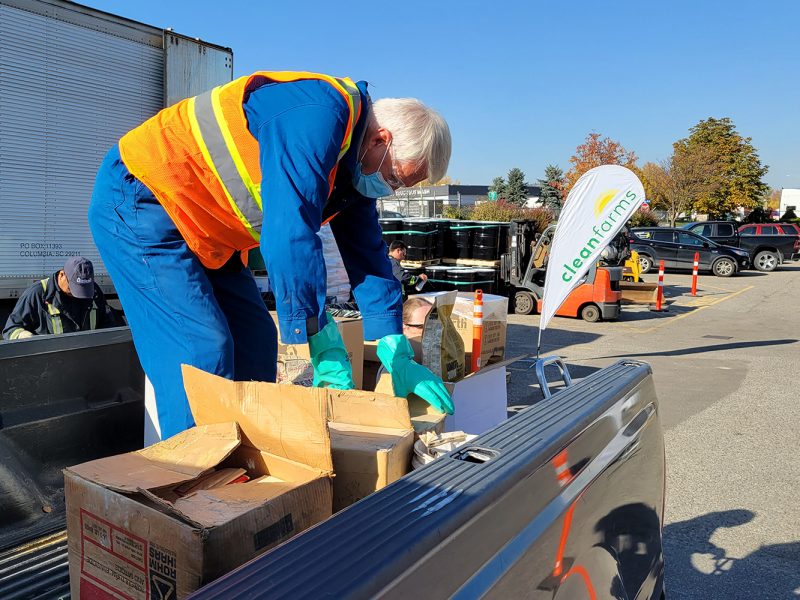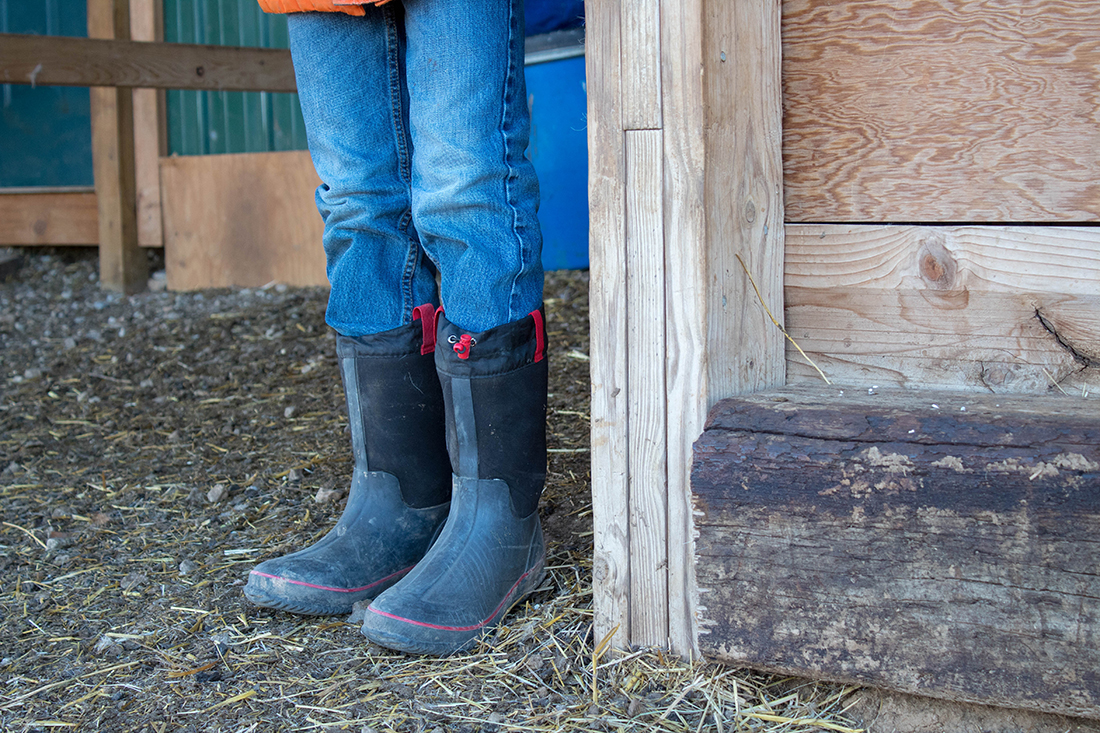BC is one of the smaller markets for agricultural plastics in Canada, accounting for 7% of total annual tonnage nationwide.
But fresh numbers from national stewardship organization Cleanfarms indicate that BC is recycling more of that plastic than ever before.
Data for 2021 indicate 118,892 small pesticide and fertilizer containers (less than 23 litres) were collected in BC, up 12% from 2020.
However, this was down 27% from a peak of 163,847 containers in 2019.
“The difference in the collection numbers is influenced by a number of factors, including how much product producers need in any given year. For example, weather could impact produce requirements,” explains Barbara McConnell, who handles communications for Cleanfarms.
Recovery of bulk containers (23 litres and up) began in 2019, and it experienced greater swings. Collections dropped from 371 in 2019 to 132 in 2020 before rebounding to 407 last year.
To get an accurate reflection of the effectiveness of collection programs in each province, recoveries need to be measured against total tonnage or the number of containers sold into each market. Cleanfarms does not do this.
“While the number of containers collected is recorded, Cleanfarms does not calculate recycling rates (percentage of containers collected for recycling compared to the number of containers sold into the market in that year) by province,” McConnell said.
Nationally, the picture is clearer.
According to Cleanfarms, farmers in Canada returned more than 2.25 million kilograms, edging up the three-year rolling average recovery rate to 77% of all containers sold into the market. This is up from 69% in 2011.
The recovery rate for bulk containers was 54% in 2021.
“Producers continue to look for ways they can manage on-farm waste materials in an environmentally appropriate manner,” Cleanfarms said in a statement.
Recovered containers are processed by small and large companies within North America to form recycled plastic pellets and flake that are recycled into new products such as farm drainage tile, dimensional lumber, lawn edging and agricultural film plastics, Cleanfarms states.


 Helping cattle keep their cool in the heat
Helping cattle keep their cool in the heat